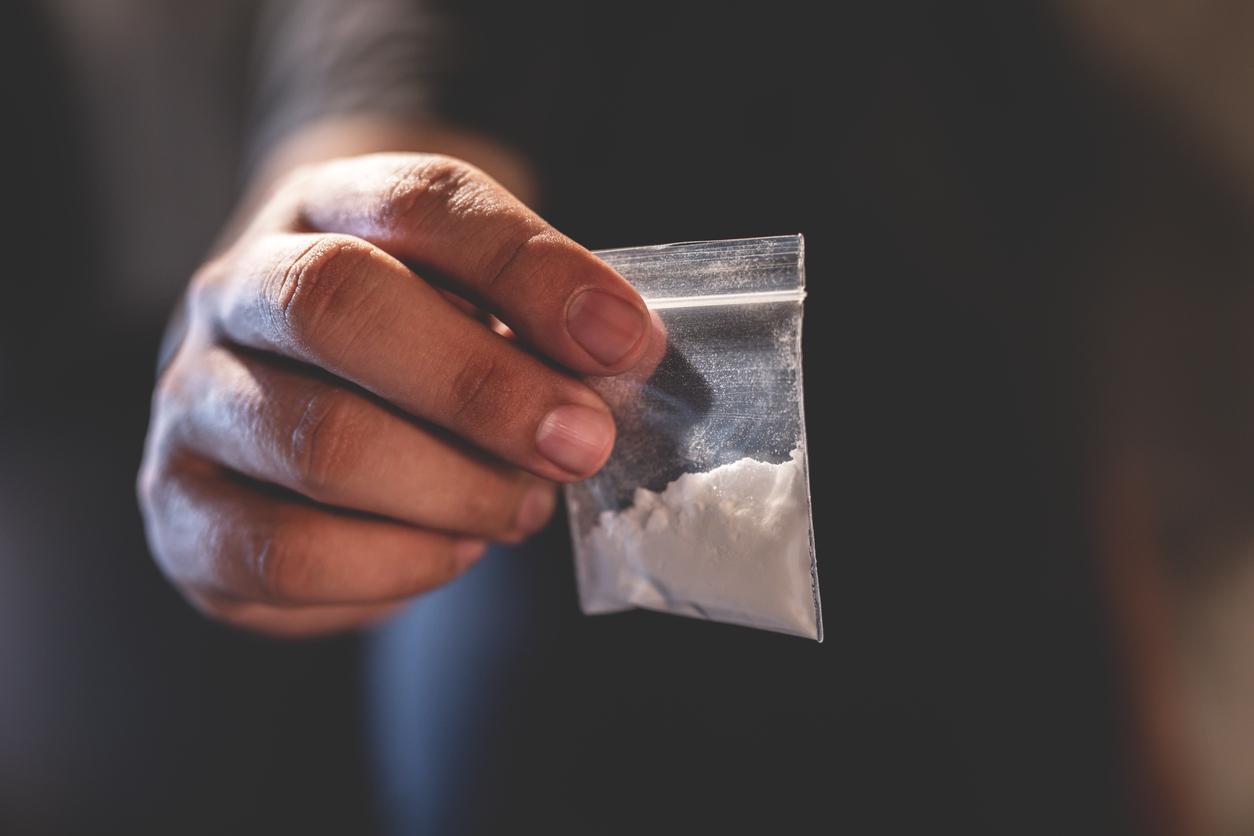The “gaming disorder” Where “gambling disorder“has been recognized as a disease in its own right by the World Health Organization (WHO), which has included it in the list of mental pathologies of the International Classification of Diseases (ICD-11) during its eleventh revision (dating from May 2019) which entered into force on January 1st.
A disorder that can be treated with CBT
The good news is that this addiction, which has been aggravated by the pandemic and the periods of confinement, now has its therapy. Researchers at the Child and Adolescent Psychotherapy Laboratory at Goethe University in Frankfurt am Main, Germany, have achieved a reduction in the disorder and symptoms, using a form of cognitive therapy – behavioral (TCC) called PROTECT (for Professional Use of Technical Media).
The group of researchers, led by Pre Katajun Lindenberg, followed 422 teenagers from 33 different middle and high schools, aged 12 to 18. Of these, 167 were enrolled in PROTECT therapy while 255 were used as a control group.
PROTECT therapy is delivered by trained psychologists and consists of four 90-minute sessions. As with other CBT techniques, it attempts to alter negative thought patterns in order to change behavior. In this case, risk factors such as boredom, motivation problems and social anxiety were addressed. After one year, the researchers found that the severity of symptoms of gaming disorder dropped by 39.8% in the PROTECT group, compared to 27.7% for the control group.
The researchers would now like to work with a larger group of adolescents, especially as soon as the first signs appear.
What are the signs of “gaming disorder”?
This addiction is characterized by “a set of persistent or recurring gaming behaviors (“digital games” or “video games”), which may be online (i.e. on the Internet) or offline”, describes the WHO. It is manifested in particular by the increasing priority of this practice in relation to daily activities.
The disorder must be severe enough to cause distress or “significant impairment in personal, family, social, educational, occupational or other functioning”. The behavior may be occasional or recurrent, but must be recognized over a period of at least one year for the diagnosis to be made (unless severe symptoms are present). In addition, this disorder must not be explained by another mental disorder (for example a manic episode in the case of bipolar disorder) and must not be due to the effects of a drug or medication.
>> In 2018, gaming disorder had already been included in the list of addictions, sparking criticism within the scientific community. At the time, the WHO explained that this only concerned a small part of the playersbut still called “to be attentive to the time spent on the games, in particular if his daily activities suffer from it, as well as to any physical or psychological changes, on the social level and that of his health” attributed to addiction.
Sources:
- Effectiveness of Cognitive Behavioral Therapy–Based Intervention in Preventing Gaming Disorder and Unspecified Internet Use Disorder in AdolescentsJama Network, February 2022
- ICD-11 for mortality and morbidity statisticsWorld Health Organization, February 2022
Read also :
- Addiction to video games: publishers retaliate against the WHO
- Playing video games changes the brain
















